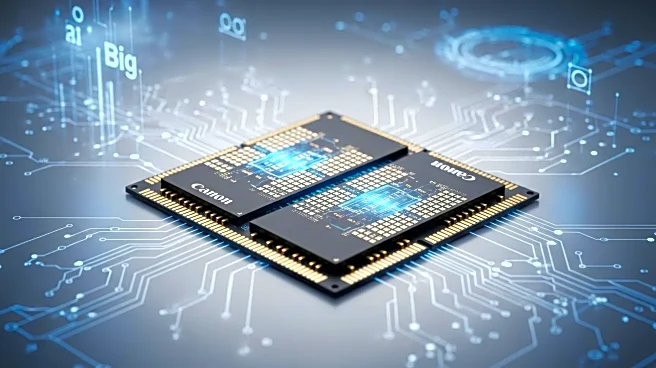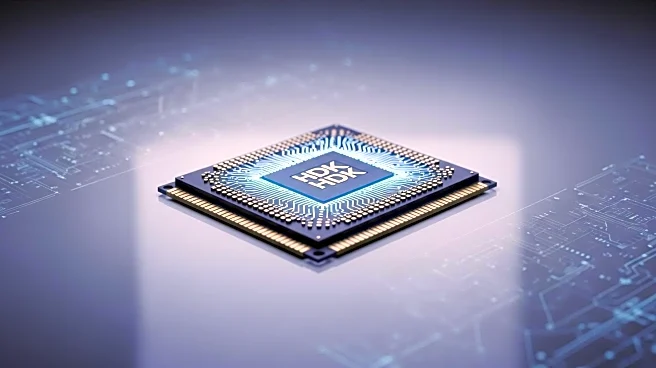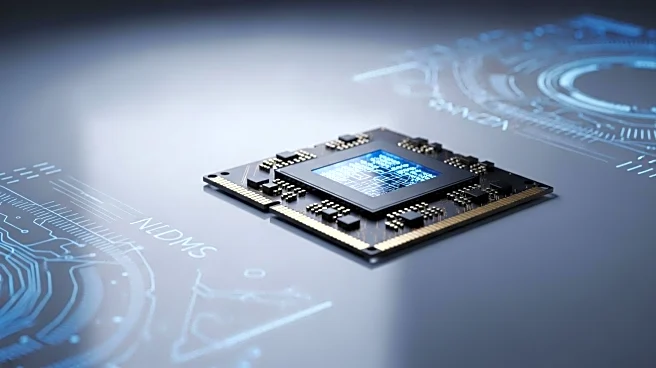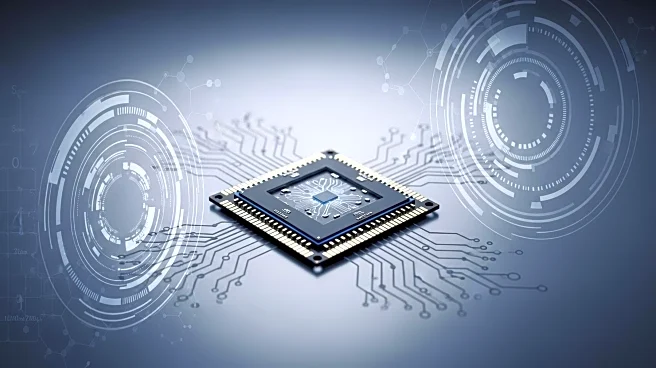What is the story about?
What's Happening?
Fudan University has developed the world's first two-dimensional-silicon-based hybrid architecture chip, published in Nature. This innovation integrates ultrafast flash memory with CMOS processes, achieving a chip yield rate of over 94%. The chip supports fast operations and low energy consumption, potentially revolutionizing memory systems by replacing traditional hierarchical storage architectures.
Why It's Important?
This breakthrough by Fudan University could significantly impact the fields of artificial intelligence and big data by providing faster and more energy-efficient memory solutions. The integration of two-dimensional materials with CMOS technology may lead to disruptive applications, enhancing computing power and efficiency. This development positions Fudan University as a leader in semiconductor innovation, potentially influencing global technology standards.
What's Next?
The research team plans to establish an experimental base and collaborate with institutions to scale the project to a megascale level within 3-5 years. Intellectual property generated during this period may be licensed to cooperative enterprises, accelerating the adoption of this technology in practical applications. The team aims to make two-dimensional flash memory the standard storage solution in the AI era.
Beyond the Headlines
The integration of two-dimensional materials with CMOS technology could drive fundamental innovations in device mechanisms, offering new pathways for semiconductor development. This advancement may challenge existing industry norms and encourage further research into two-dimensional electronics, potentially reshaping the future of memory systems.
AI Generated Content
Do you find this article useful?














